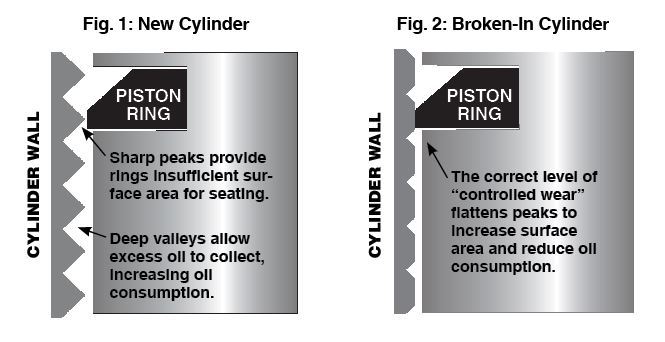Why You Should Be Wary About Using Break In Oil in Powersports Equipment John Baker|Sep 25, 2017 1:32 PM Marco Navarro asks on our Facebook page about break in oil, with attention paid to powersports engines. (Break in oil importance, drain interval on it, and applications. To include motorcycles and ATVs since life of engine is shorter […]
You are browsing archives for
Tag: wet-clutch
New 20W-40 for Victory & Indian Motorcyc
New AMSOIL 20W-40 Synthetic V-Twin Motorcycle Oil (MVI) is formulated to provide premium protection for Victory and model-year 2013 and newer Indian motorcycles. It is the only full-synthetic 20W-40 motorcycle oil on the market, presenting riders a premium alternative to Indian- and Victory-branded semi-synthetic oils. Indian and Victory motorcycles incorporate a shared sump, and AMSOIL […]

